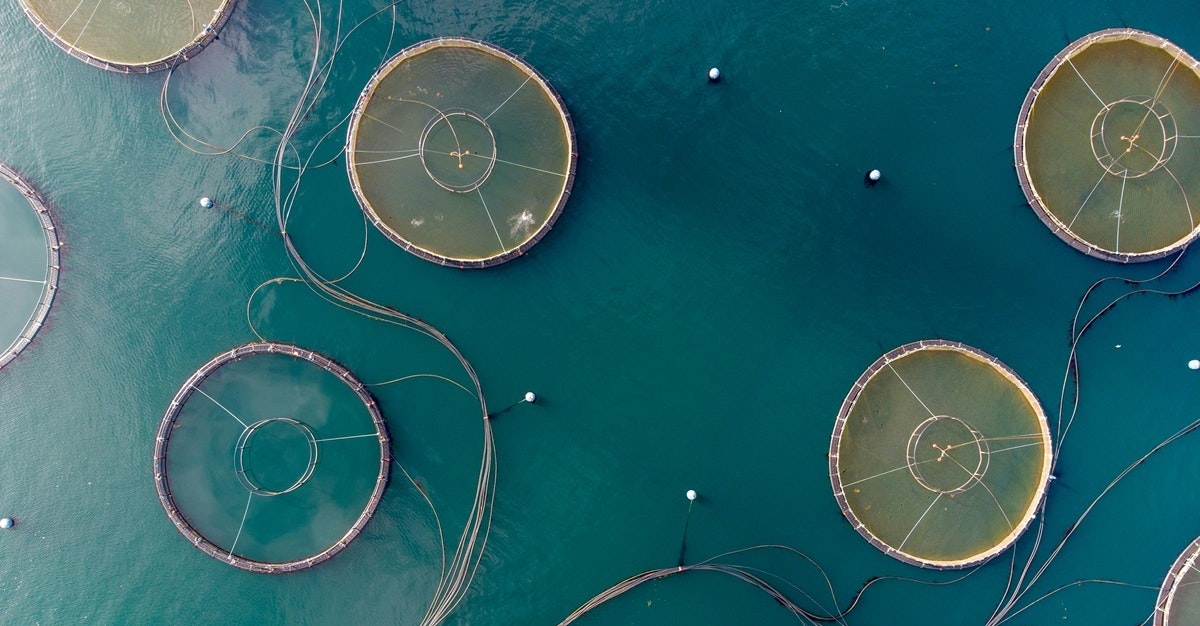A Practical Guide to Operational Welfare Indicators (OWIs) in Aquaculture

As an aquaculture farmer, you're constantly balancing animal health, environmental conditions, and production efficiency. But how can you get a clear, granular snapshot of how your fish are truly doing? The answer lies in Operational Welfare Indicators (OWIs).
What are Operational Welfare Indicators?
OWIs are a toolkit of welfare indicators designed specifically for on-farm use. They are:
- Science-based: Grounded in research about what truly affects fish welfare.
- Practical: Measurable on a commercial farm within a realistic timeframe, without needing specialized equipment.
- Actionable: Relevant as a decision-support tool that helps you make informed management choices.
Based on scientific consensus and best practices, these indicators are typically grouped into three key categories:
- Individual-based indicators (outputs): These focus on the physical condition of individual animals, sampled from the population. Examples include fin condition, skin or scale damage, eye health, and body condition scores.
- Group-based indicators (outputs): These assess how the population acts as a whole. This includes group behavior, mortality rates, and disease prevalence.
- Environment-based indicators (inputs): These measure the animals’ living environment.. Key parameters include dissolved oxygen, temperature, ammonia, and stocking density.
While lab-based indicators (like plasma cortisol) are also valuable, OWIs are the tools you and your team can use every day to directly support farm husbandry.
Why are Operational Welfare Indicators Important?
In modern aquaculture, fish welfare isn't just an ethical priority — it is fundamental to running a successful and sustainable operation.
For Healthier Fish and Better Production
Poor welfare often leads to stress, which can weaken a fish’s immune system, reduce growth, and increase susceptibility to disease. By routinely monitoring OWIs, you create an early warning system. A subtle change in group behavior or a slight increase in fin damage can signal an underlying problem before you see mortalities, allowing you to intervene proactively and protect your stock. In other words, good welfare is directly linked to good production.
For Stronger Market Access and Compliance
Consumers and retailers are increasingly demanding proof of high welfare production. Leading certification schemes, such as the Aquaculture Stewardship Council (ASC), require farmers to monitor and report on specific OWIs. Adopting a robust OWI program demonstrates your commitment to best practices and can be essential for gaining or maintaining access to premium markets.
A Commitment to Responsible Stewardship
As stewards of living animals, aquaculture professionals hold an important responsibility for their care. Using objective, science-based tools like OWIs is a tangible way to demonstrate this commitment, ensuring the animals under your management are provided with a good quality of life.
How Can I Use Operational Welfare Indicators on My Farm?

Implementing an OWI program is a straightforward process focused on consistent monitoring and assessment.
Select Your OWIs
You don’t need to measure every welfare indicator identified by the scientific literature. Start with a core set of indicators relevant to your species, system, and business goals. This selection can be guided by certification standards, species-specific guidelines, or your own on-farm experience. A great starting list often includes mortality and its causes, skin and fin damage scores, feeding response, general group behaviour, and key water quality parameters (particularly dissolved oxygen).
Standardize Your Scoring
For the data to be useful, it must be consistent. This allows you to compare "like with like" over time and know when a change is significant. The best way to achieve this is by using a quantitative scoring system with clear visual guides. For excellent examples, look to established frameworks like the Laksvel protocol for Atlantic salmon or Ethical Seafood Research’s protocol for Nile tilapia.
Create a Monitoring Plan
Develop a schedule for assessment and stick to it. This creates a baseline and helps you spot trends. For example, observe feeding behavior daily, but conduct physical assessments on a subsample monthly or during handling events. The goal is to use this data to trigger action, investigate deviations, and see how welfare trends correlate with your production metrics over time.
Get Started Today
OWIs are not an administrative burden; they are critical to proactive, responsible, and successful aquaculture. By integrating a standardized OWI program into your operations, you can improve animal health, optimize production, and build a more resilient business.
If you have any questions about operational welfare indicators, how to implement them on your farm, or if you are interested in a solution that enables you to do this, please contact info@lighthouseaqua.com or get in touch using the form below.